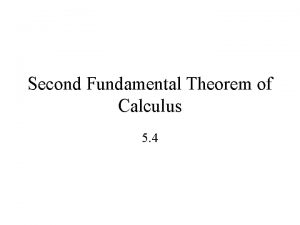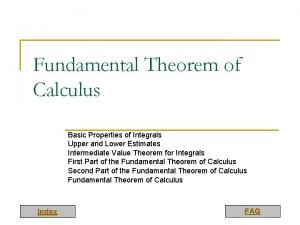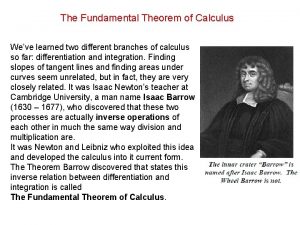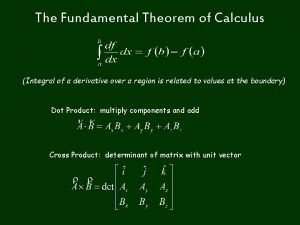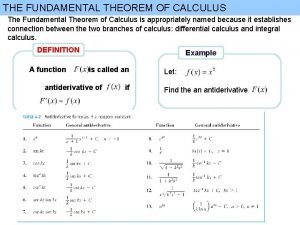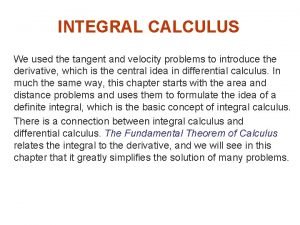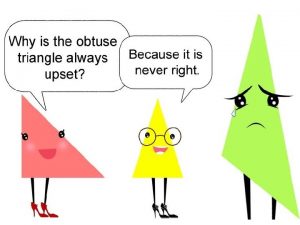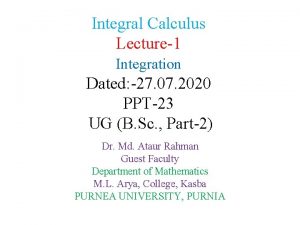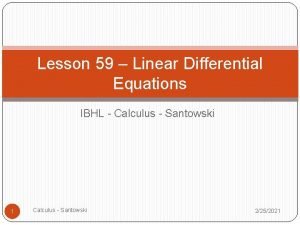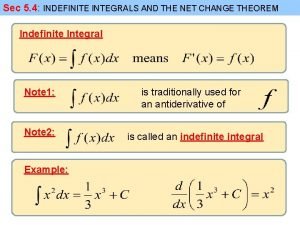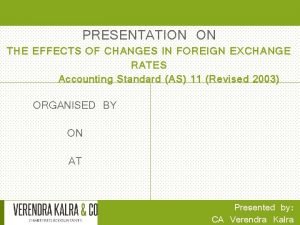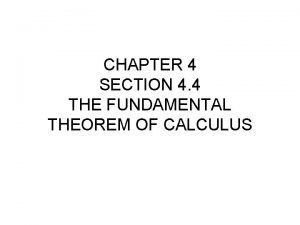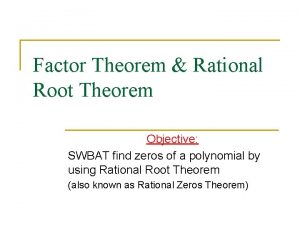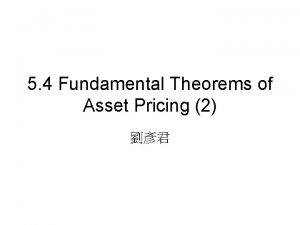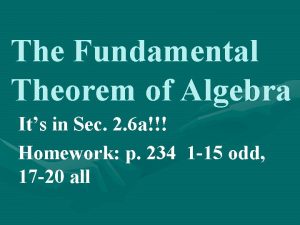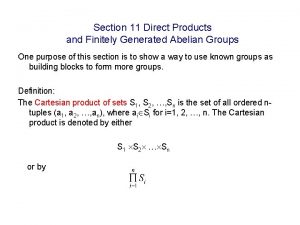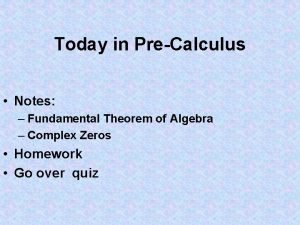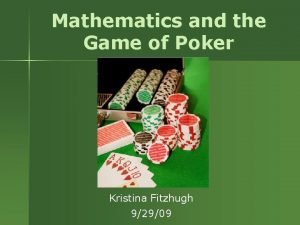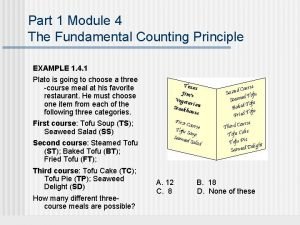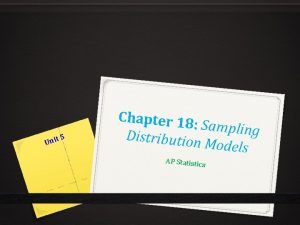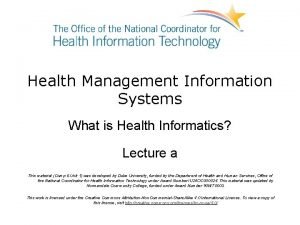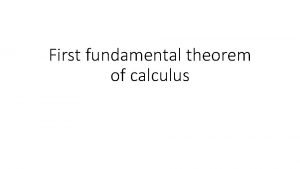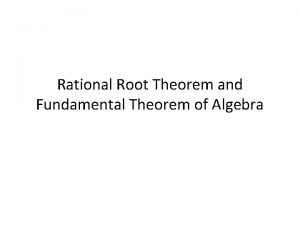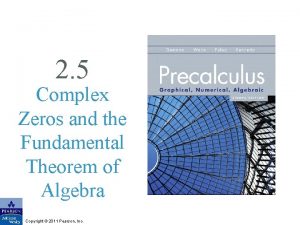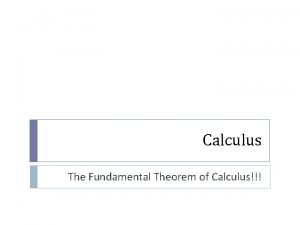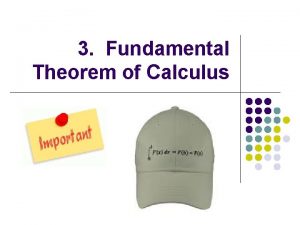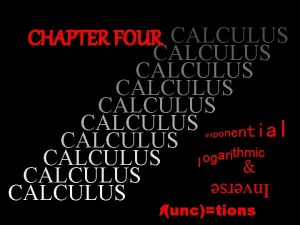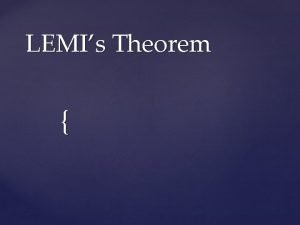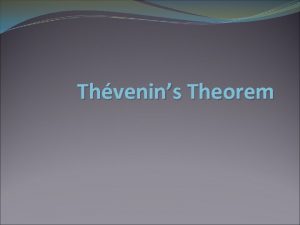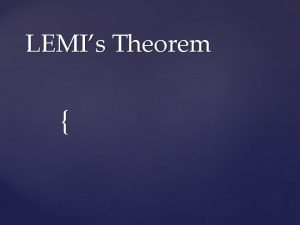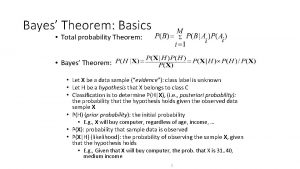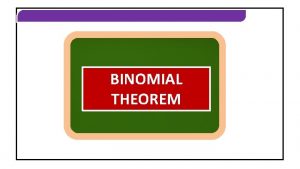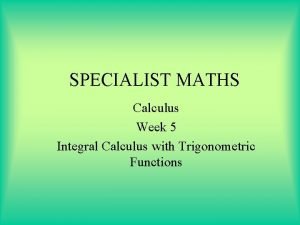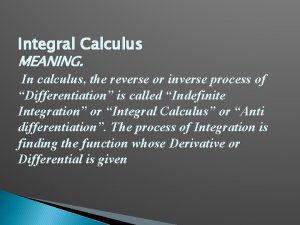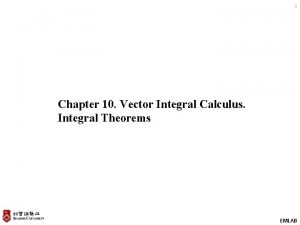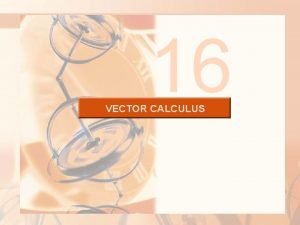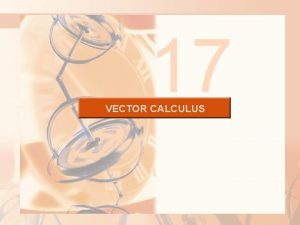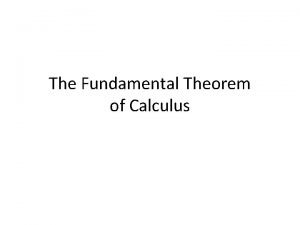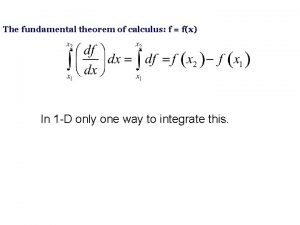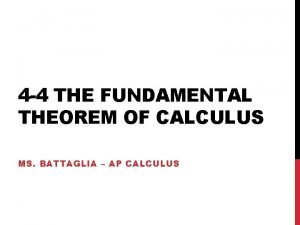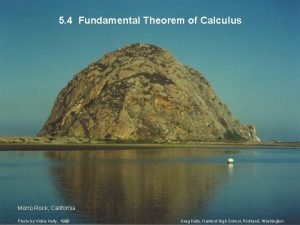The Fundamental Theorem of Calculus Integral of a































- Slides: 31

The Fundamental Theorem of Calculus (Integral of a derivative over a region is related to values at the boundary) Dot Product: multiply components and add Cross Product: determinant of matrix with unit vector

EM Fields Scalar Field : a scalar quantity defined at every point of a 2 D or 3 D space. Ex:

3 D scalar field 3 D scatter plot with color giving the field value:

Vector Field: a vector quantity defined at every point of a 2 D or 3 D space. Functions of (x, y, z) NOT constants NOT partial derivatives 2 D Ex:

Two Fields Temperature Map: a scalar field Wind Map: a vector field

1. Gradient S y x “the derivative of a scalar field”

Derivative (slope) depends on direction! Total Differential: Looks like a dot product: “del” “nabla” Del is not a vector and it does not multiply a field – it is an operator!

1. The Fundamental Theorem of Gradients b a (Integral of a derivative over a region is related to values at the boundary)

2. Divergence (a scalar field!) “the creation or destruction of a vector field”





2. The Fundamental Theorem of Divergence (The Divergence Theorem) volume integral surface integral (Integral of a derivative over a region is related to values at the boundary)

I. Gauss’ Law: relation between a charge distribution and the electric field E field lines + - point charge Gauss’ Law (differential form) + -

II. Gauss’ Law for Magnetism: relation between magnetic monopole distribution and the magnetic field The Valentine’s Day Monopole Cabrera First Results from a Superconductive Detector for Moving Magnetic Monopoles Blas Cabrera Physics Department, Stanford University, Stanford, California 94305 Received 5 April 1982 A velocity- and mass-independent search for moving magnetic monopoles is being performed by continuously monitoring the current in a 20 -cm 2 -area superconducting loop. A single candidate event, consistent with one Dirac unit of magnetic charge, has been detected during five runs totaling 151 days. These data set an upper limit of 6. 1× 10 -10 cm-2 sec-1 sr-1 for magnetically charged particles moving through the earth's surface. PRL 48, p 1378 (1982)

3. Curl “How much a vector field causes something to twist”


colorplot = z component of curl(V)


colorplot = z component of curl(V)

3. The Fundamental Theorem of Curl (Really called Stokes’ Theorem) open surface integral closed perimeter line integral (Integral of a derivative over a region is related to values at the boundary)

III. Faraday’s Law: A changing magnetic field induces an electric field. B Faraday emf 0

Moving coil in a varying B field. Force on electrons: Forces don’t cancel: F F v

Stationary coil with moving B source: v But we still get an E E emf … Only left with: Electric field must be created!

Stationary coil and B source, but increasing B strength: In general: i E E Faraday’s Law (integral form) Faraday’s Law (differential form)

IV. Ampere’s Law i B More general: J = free current density “Something is missing. . ” Ampere Maxwell

Charging a capacitor i - + + +

Charging a capacitor i - + + + Maxwell: “…the changing electric field in the capacitor is also a current. ”

Ampere-Maxwell Eqn. (Integral Form) “Displacement current” Get Stoked: Ampere-Maxwell Eqn. (differential form)

Maxwell’s Equations in Free Space with no free charges or currents Ampere Maxwell Your Name Gauss Here! Faraday
 2nd fundamental theorem of calculus
2nd fundamental theorem of calculus Calculus proof
Calculus proof Calculus theorems
Calculus theorems Fundamental theorem of vector calculus
Fundamental theorem of vector calculus Fundamental theorem of calculus
Fundamental theorem of calculus Prove green's theorem is a special case of stokes theorem
Prove green's theorem is a special case of stokes theorem Indefinite integration formulas
Indefinite integration formulas History of calculus timeline
History of calculus timeline Integration calculus
Integration calculus Integral formulas
Integral formulas Integral garis dan integral permukaan
Integral garis dan integral permukaan Definite vs indefinite integral
Definite vs indefinite integral Kata bilangan himpunan
Kata bilangan himpunan Exchange difference of integral foreign operation is
Exchange difference of integral foreign operation is Integral citation example
Integral citation example Non integral citation
Non integral citation Theorem 4 calculus
Theorem 4 calculus Rational zeros theorem
Rational zeros theorem Fundamental theorem of asset pricing proof
Fundamental theorem of asset pricing proof State fundamental theorem of arithmetic
State fundamental theorem of arithmetic Fundamental theorem of algebra
Fundamental theorem of algebra Find all abelian groups (up to isomorphism) of order 360.
Find all abelian groups (up to isomorphism) of order 360. The fundamental theorem of algebra
The fundamental theorem of algebra Poker expectation
Poker expectation 5-6 the fundamental theorem of algebra
5-6 the fundamental theorem of algebra Fundamental couting principle
Fundamental couting principle Fundamental theorem of statistics
Fundamental theorem of statistics Fundamental theorem of algebra example
Fundamental theorem of algebra example Definition of health management information system
Definition of health management information system State fundamental theorem of arithmetic
State fundamental theorem of arithmetic Rational root therem
Rational root therem Complex zeros and the fundamental theorem of algebra
Complex zeros and the fundamental theorem of algebra
